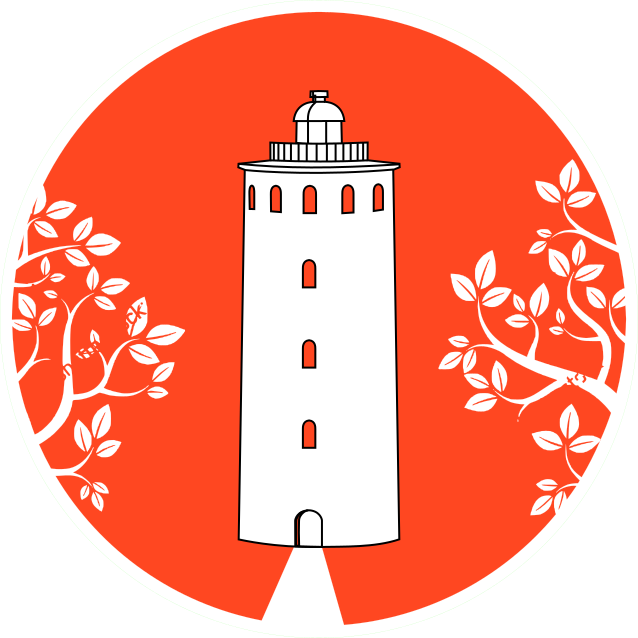Projekts "Baltijas Zaļā josta" beidzas šī gada janvārī. Kā atvadu sveicienu, projekta akcijas "Vērosim dabu kopā!" komanda sarūpējusi 20 minūšu filmu par Slīteres nacionālā parka dzīvniekiem. Ekrānā notiekošo komentē mūsu pieredzējušais, Latvijas dabas mīļotāju lokā pazīstamais zoologs Vilnis Skuja. Īsfilmas varoņi ir Latvijas dabā mītošie dzīvnieki. Redzēsiet vilkus, meža cūkas, āpšus, lapsas, jenotsuņus, strauta nēģus, ūdensstrazdus, vistu vanagu un rubeņus. Šis disks varētu būt noderīgs gan skolēnu, gan pieaugušo auditorijas izglītošanai par savvaļas dzīvnieku uzvedību.
Projekta laikā kopš 2009. gada esam guvuši lielisku pieredzi dzīvnieku filmēšanā dabiskā vidē, netraucējot, neprovocējot tos. Akcija "Vērosim dabu kopā!" beigusies, tāpēc ir laiks atskatīties uz padarīto. Skatītāji gan šajā vietnē, gan visā pasaulē populārajā vietnē www.youtube.com, kur esam izveidojuši savu kanālu http://www.youtube.com/SlitereNationalPark vērojuši un vērtējuši kopumā 43 mūsu klipus. Kanāls reģistrējis tur par 27000 skatījumus. Vispopulārākais izrādījies video "Briedis Baltijas jūrā" - 3200 skatījumi. Visinteresantākais video - "Vilki pie medījuma", jo spējis noturēt skatītāju uzmanību nemainīgi augstu visu klipa laiku - divas minūtes.
Turpiniet vērot tiešsaistē skatu no Slīteres bākas, kas atrodas 100 metrus virs jūras līmeņa uz Slīteres nacionālā parka mežiem un jūru, kas redzama pie apvāršņa!



















